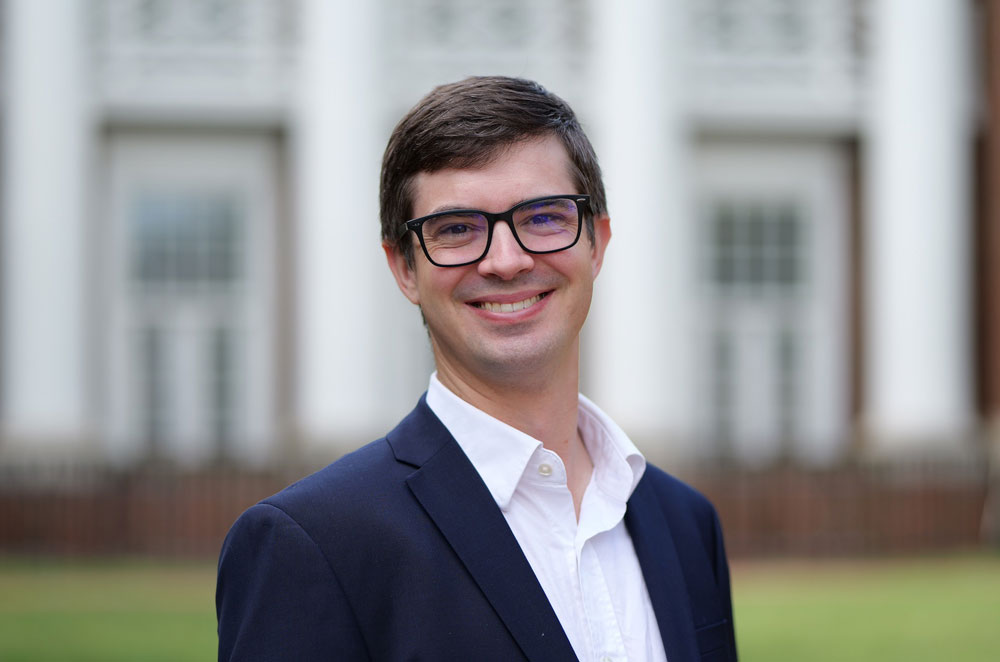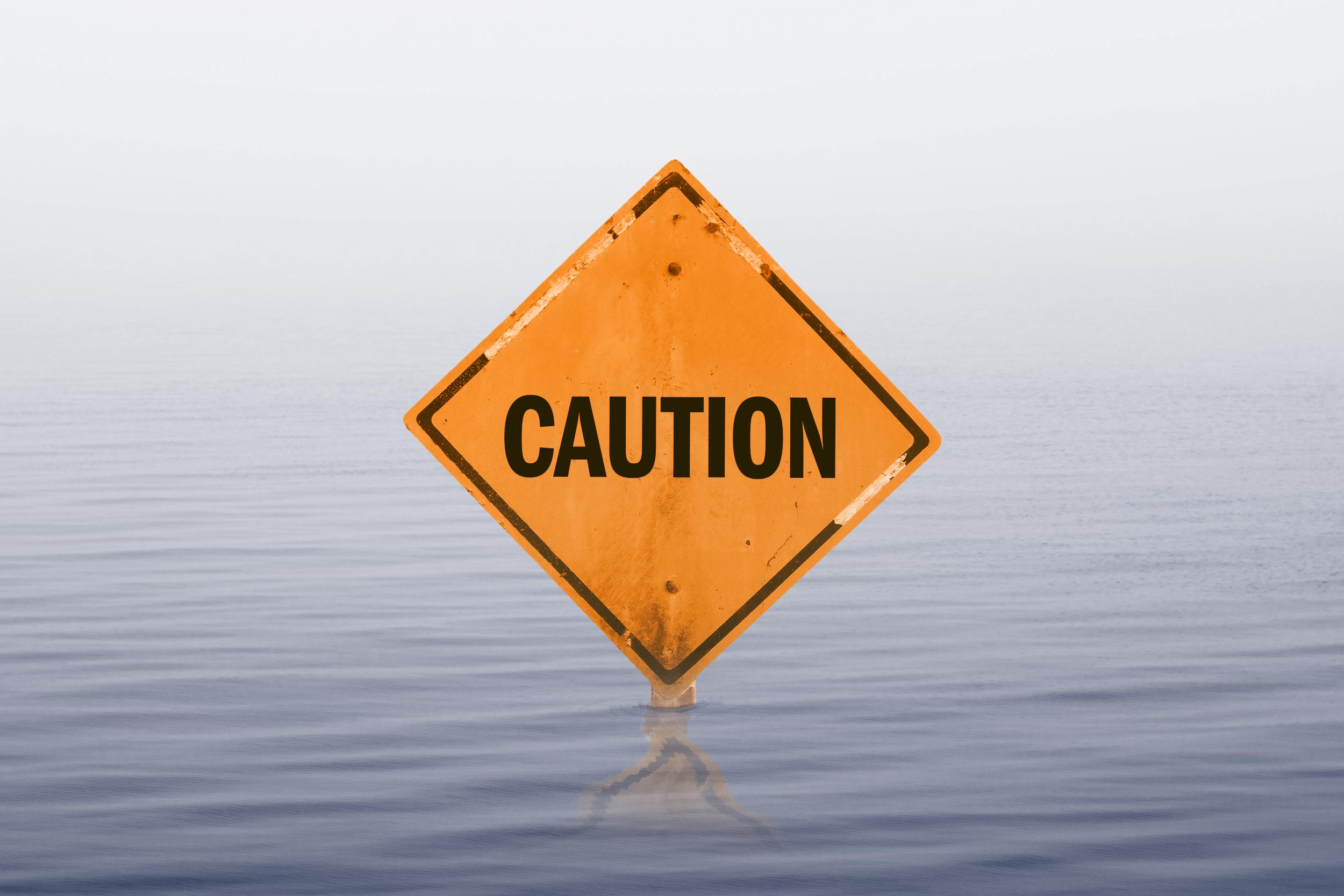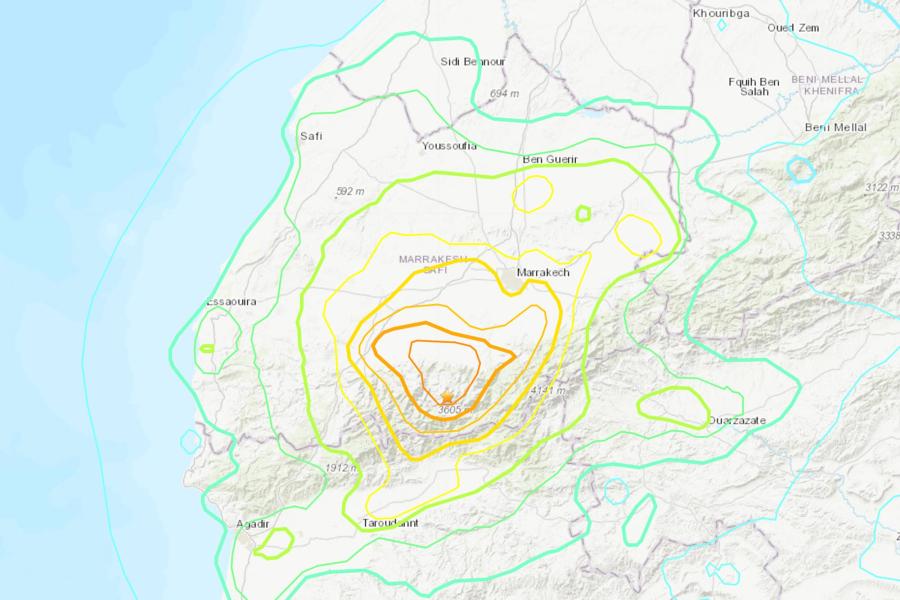When disasters strike, timing is critical – not just for forecasts, but for knowing who’s most at risk and how to help. Timely information can mean the difference between safety and tragedy, especially for vulnerable groups often overlooked in emergency plans.
Jonathan Colmer, an associate professor of economics and public policy at the University of Virginia, is urging authorities and first responders to identify those most at risk from natural disasters to better prepare, writing in a recent piece published in Nature.

Jonathan Colmer, associate professor of economics and public policy at UVA, co-founded and directs the Environmental Inequality Lab. (Contributed photo)
“Issuing warnings and evacuation orders are essential to save lives. However, not everyone is able to respond to the same degree. Illness, disability, lack of transport and financial constraints can all exacerbate the risk for people in vulnerable groups,” he wrote.
For example, between 1930 and 2015, nearly half of the deaths related to hurricanes in the U.S. involved people over the age of 65.
To help local officials pinpoint vulnerable populations, Colmer and colleagues at the Environmental Inequality Lab developed a framework that delivers timely insights before, during and after disasters.
“What we’re trying to do with the tool is to provide a shared understanding of the environmental conditions that people face,” Colmer said. “The hope is that by providing information, people can use it to make better decisions.”
The framework uses new demographics and socio-economic data from the U.S. Census Bureau and integrates forecasts from the National Hurricane Center and Weather Prediction Center.
The data provides detailed demographic counts of the population by age, sex, race and ethnicity as well as by race and ethnicity and household income. Combined with data on extreme weather, the team is able to identify not only where and when a disaster is expected to strike, but also who is forecasted to be exposed.
For example, the team found that white people with higher incomes, a group generally expected to be more resilient, were the most likely to be exposed to January's wildfires in California, but many were also older and needed support to evacuate. The nearly 12% of affected people living within the fire perimeter classified as having lower income might require different, targeted support, such as access to money, food and temporary housing.










